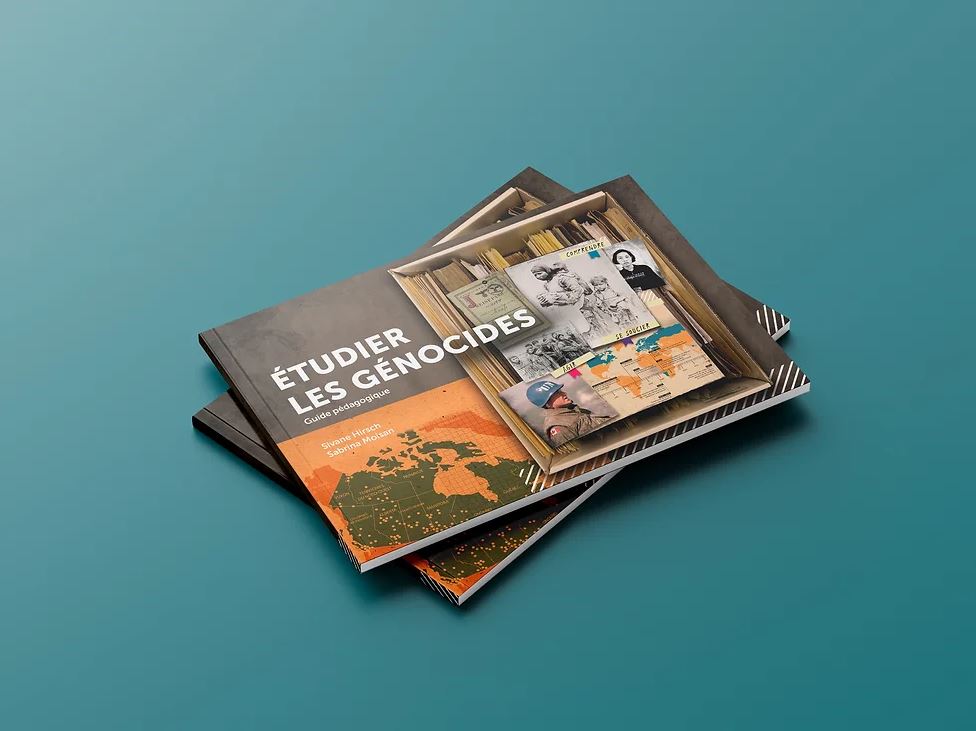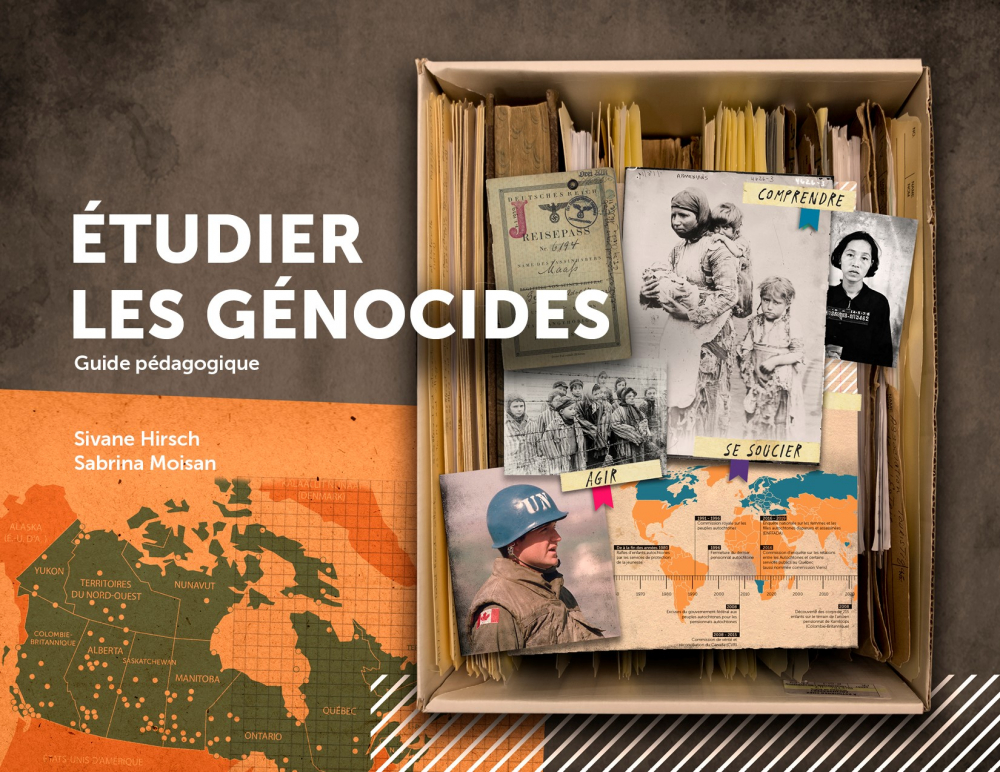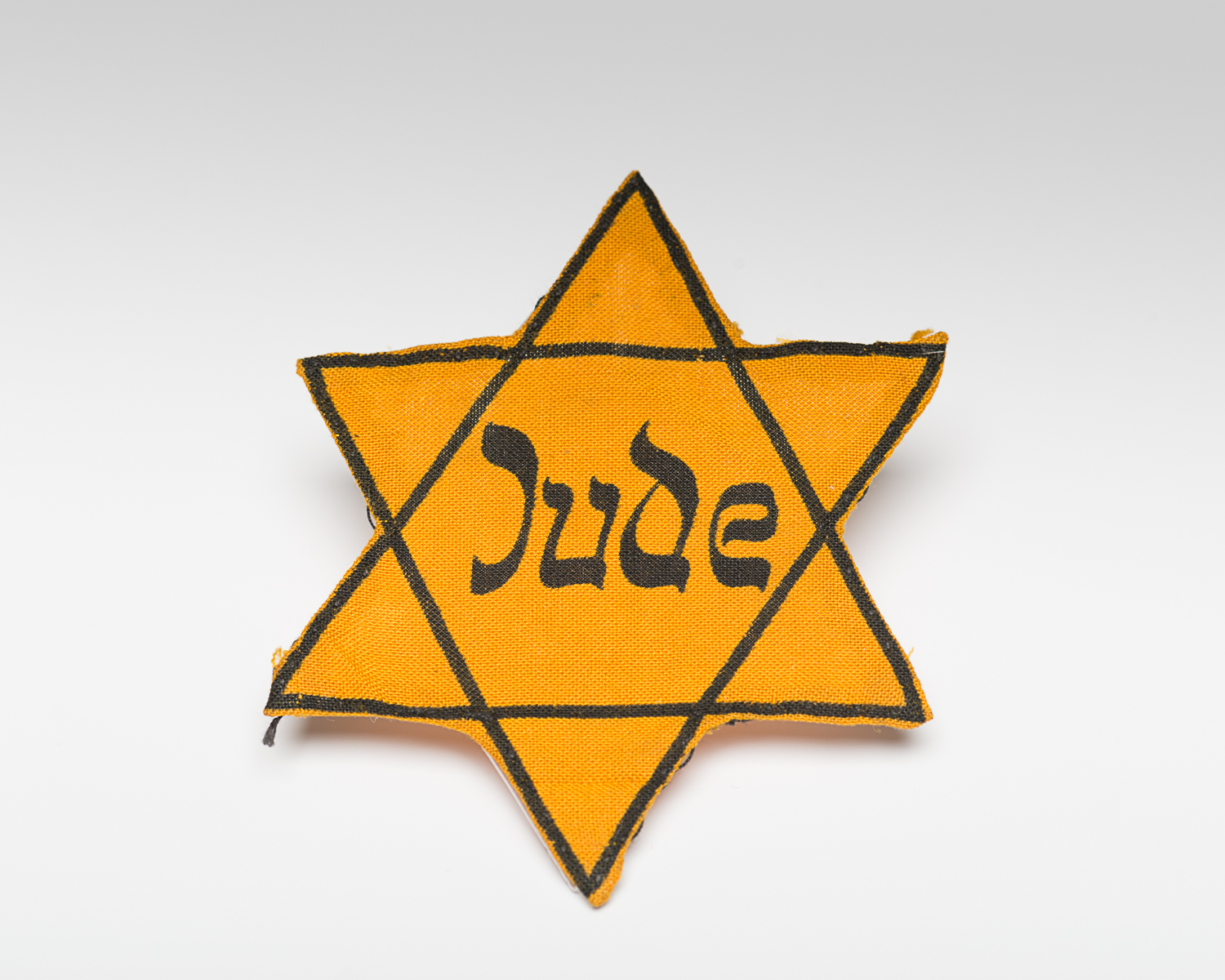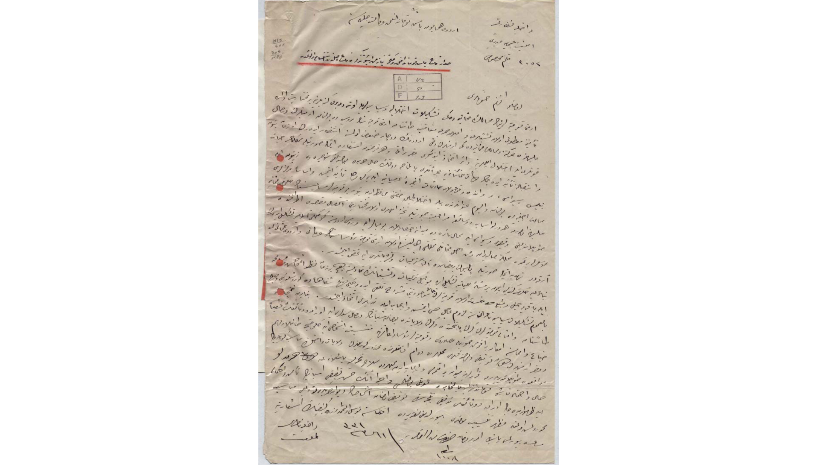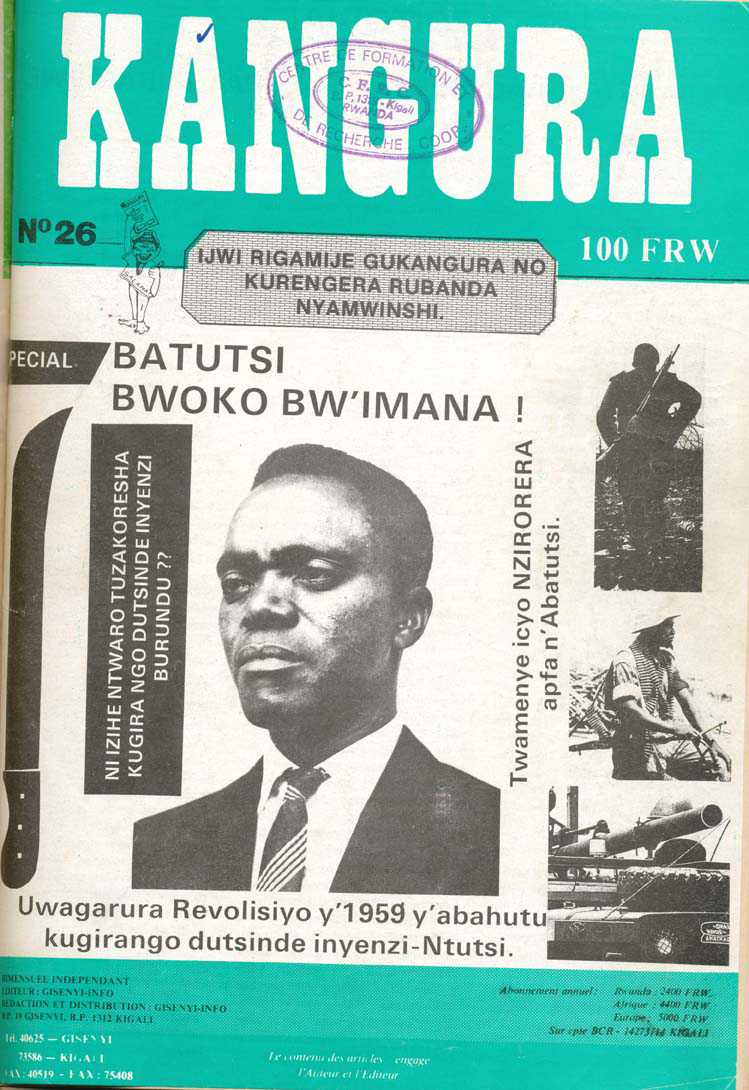The Studying Genocide guide provides teachers with several resources and tools to learn more about nine genocides of the 20th century. It also helps teachers better understand the genocidal process and consider actions that can be taken to prevent its recurrence.
Professors Sivane Hirsch (UQTR) and Sabrina Moisan (UdeS) have developed the guide, in collaboration with the Montreal Holocaust Museum, the Foundation for Genocide Education and organizations from the communities affected by the featured genocides. It received financial support from the Quebec Ministry of Education.
Download the Studying Genocide Reference Guide
The Studying Genocide reference guide is available online for free.
Curriculum Links, Secondary Cycle Two
The pedagogical paths are designed to be consistent with the Quebec Education Program by allowing the development of disciplinary competencies:
- in Social Sciences (history of Quebec and Canada, History of the 20th Century, Contemporary World)
- Ethics and Religious Culture (the guide will be adapted to the new Culture and Citizenship in Quebec program).
It can also be used in other programs, such as languages.
Learn more about the genocidal process
Our The Ten Stages of Genocide article provides a summary of the stages as defined by scholar and activist Gregory H. Stanton. The Studying Genocide teacher’s guide combines these ten stages into six, with the addition of the justice stage.
For your students: Our in-person or virtual Resistance during the Holocaust workshop provides students with a better understanding of the stages of the genocidal process. They will discover how these stages translated into the lived experience of Holocaust survivor Avrum Feigenbaum and his family. Students will also discover how the Feigenbaums resisted persecution.
Our United against Genocide: Understand, Question, Prevent virtual exhibition invites you to learn about and reflect on genocide as a crime that can be prevented. Our educational guide accompanies the exhibition and provides activities for students.
All provinces
High School and Cegep
